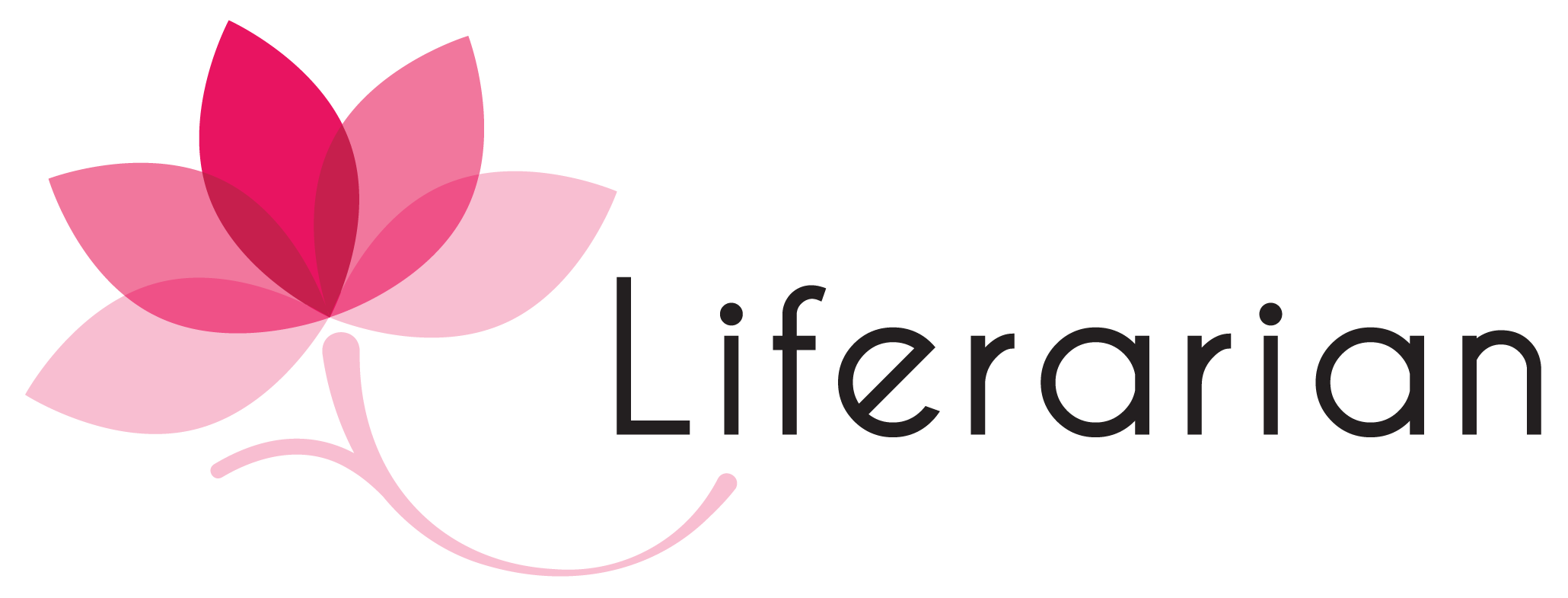According to me, libraries are a place of magic with the world’s wisdom stored in them. They connect us to the people of the past, help explore the present and often predict the future. It is a place for introverts to make friends with characters and for extroverts to explore the world. It allows you to journey anywhere you want and live a lifetime, all before sunset!
Most importantly, I believe libraries are places of ideas – existing ones and new ones being formed while reading, browsing and exploring. By that reasoning, a library is to be valued and accessible because ideas belong to everyone. A library is infinite, captured in a single space.
However, libraries have transformed. With students gravitating toward ebooks and the world wide web, the librarian’s role has also changed from being a book provider to an information provider and curator. It does allow for a greater exchange of ideas and discussions across the globe. Then, there are others who accept this change but still need to ‘read a book’ and not hold a device. The reasons vary and stem from nostalgia to comfort to even the reading experience. Regardless, it is still wonderful to have a dedicated space like a library while also allowing the habit of reading to spread its wings through the world wide web.
I want to design a library that is easy to navigate, especially for children. Finding a book you want/need must not be a daunting experience. For readers who visit regularly, they must have an understanding of the space and collection so that they may be able to pursue a book independently.
As teacher-librarians, we explore new books, genres, authors, and other material of interest in library sessions. However,if a child is most likely to take charge of their own reading habits and explore different types of books, they can navigate the space independently. Simply put, it will require intense effort to make books accessible and signage understandable for children with ease.
From being a lifelong reader to a teacher-librarian, I have seen a difference in my understanding of the library space. In that sense, my experience is personal. I have seen a marked shift in not just the idea of the library and librarian but the approach to reading as well. I celebrate what students may read according to their various moods instead of limiting themselves to specific formats of books.
I believe that language ability and the ability to comprehend concepts are two different things. While purely prose books cater to ‘the traditional reading concept’ and all the prescribed reasons to read books, including imagination – graphic novels and newer formats of books too are important. I consistently work towards rethinking my own biases for what is recommended reading for children. However, I also believe that it is essential to strengthen reading abilities and habits gradually.
In my opinion, the library’s primary role thus becomes a space to support both imagination and creativity while contributing to intelligence and information. Often people forget that while children are growing physically, they are also forming their ideas of the world and its concepts. Having access to a variety of information to be balanced individuals is crucial. It is invaluable for them to be encouraged to read a variety of literature, while learning to access information and inculcate academic integrity.
I would like students to build a lifelong love for reading to discover new interests. And that they may know that the library is a space they may continue to visit as adults to build on their knowledge or revisit their imagination. Perhaps it may be a subtle change, or they may become authors to write a book for other readers because – Each of us is a story, and when our lives connect, the story moves forward.
Swarna Odhrani


Wonderfully worded, strikes a personal chord being a librarian.
I wish you are able to achieve your goals…for the betterment of our society.